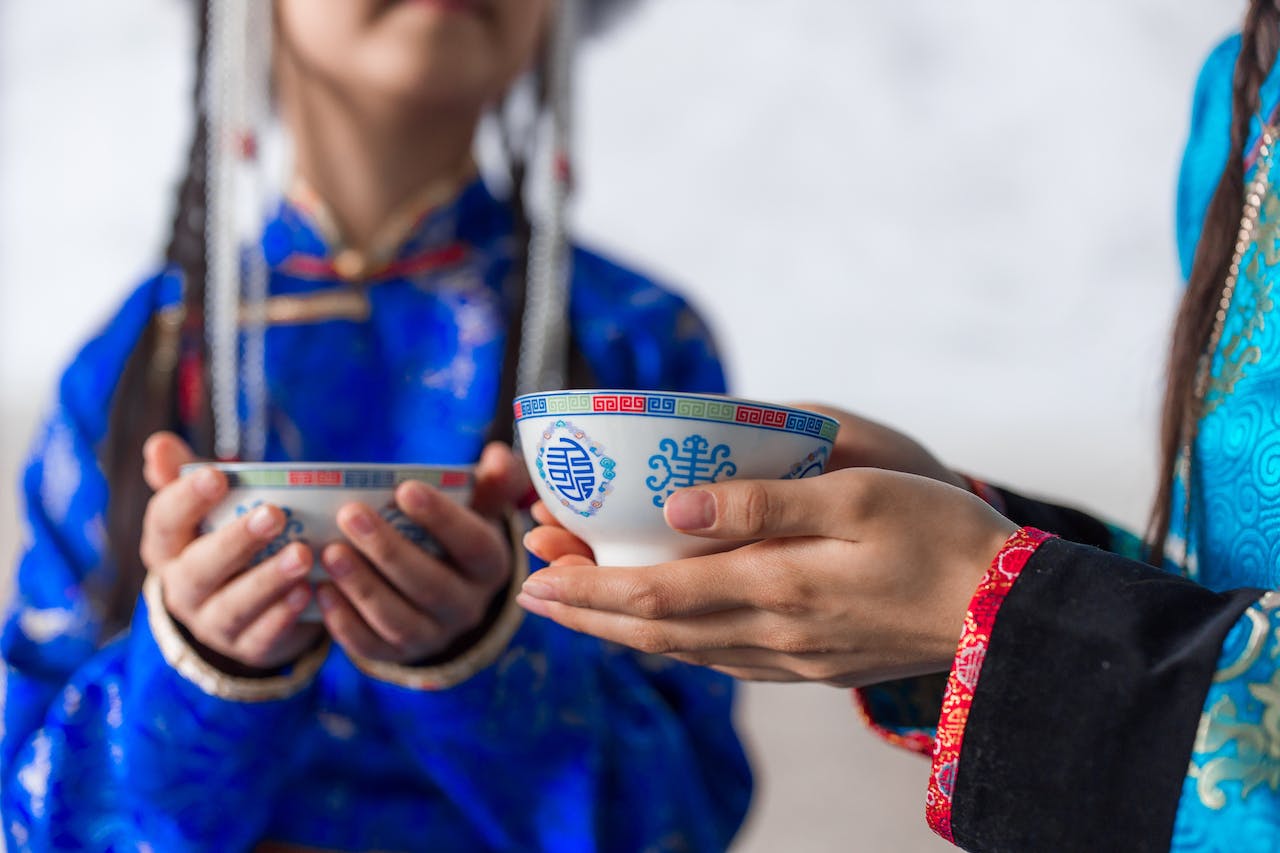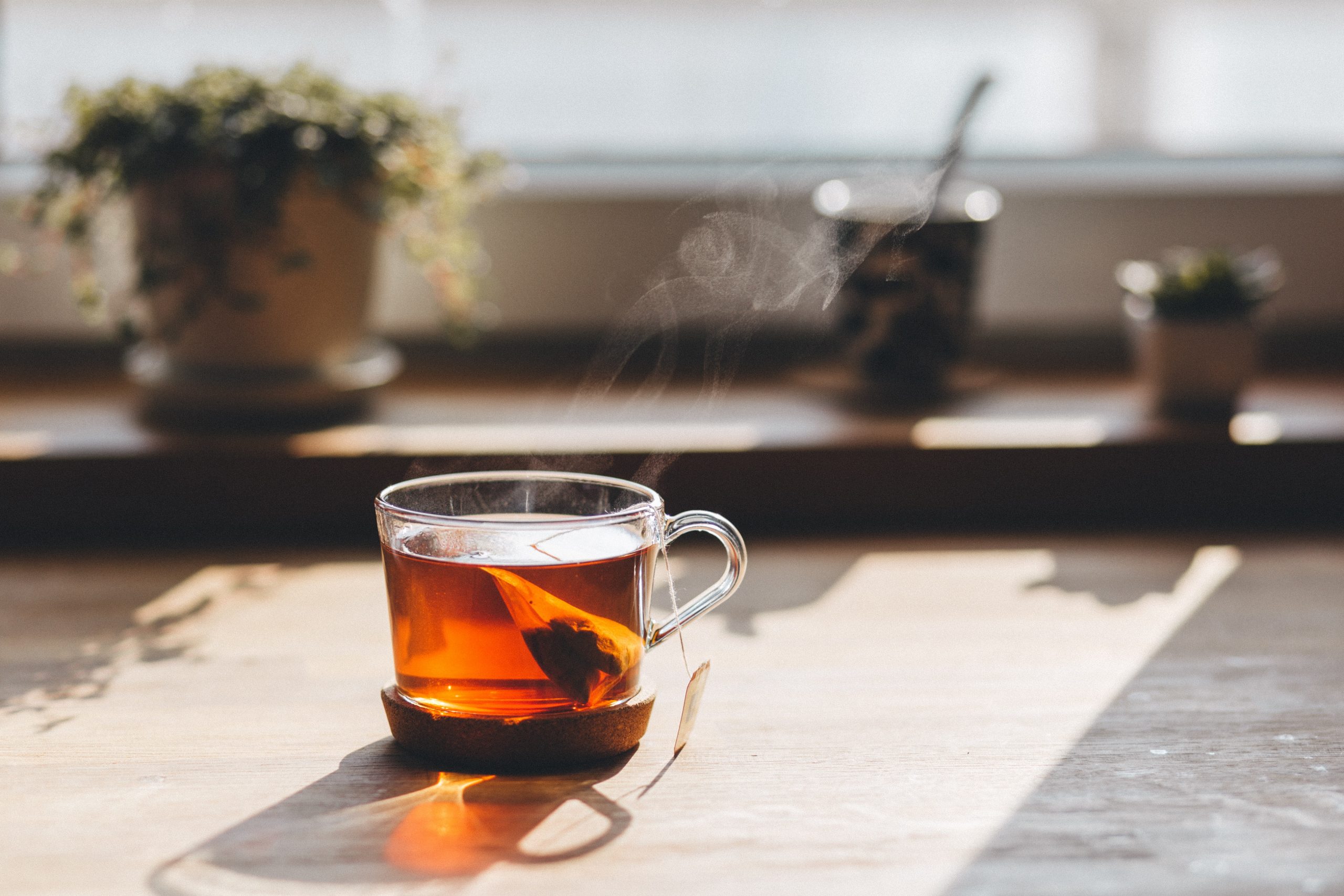The Art of Making Mongolian Milk Tea and Its Surprising Benefits

Mongolia, a vast and breathtakingly beautiful landlocked country in Central Asia, is known for its nomadic heritage, rugged landscapes, and unique culinary traditions. One such culinary gem is Mongolian Milk Tea, a traditional beverage that has been enjoyed by generations of Mongolians. In this article, we will delve into the art of making this delightful tea and explore the surprising health benefits it offers.
What is Mongolian Milk Tea?
Mongolian Milk Tea, also known as “Suutei Tsai,” is a warm and comforting beverage that holds a special place in Mongolian culture. It is made by combining tea, milk, salt, and sometimes butter. While this may sound unusual to some, the result is a rich, hearty, and slightly salty tea that perfectly complements the harsh Mongolian winters.
Ingredients You’ll Need
Before we get into the nitty-gritty of making Mongolian Milk Tea, let’s take a look at the basic ingredients you’ll need:
- Tea: Mongolians typically use black tea, but green tea or other varieties can also be used.
- Milk: Cow’s milk is the most common choice, but in some regions, camel or goat milk is used for added richness.
- Salt: A pinch of salt is essential for the characteristic flavor of Mongolian Milk Tea.
- Butter (optional): Some recipes call for a small amount of butter, adding a layer of richness to the tea.
Now that you have your ingredients ready, let’s explore how to make this intriguing beverage.
The Art of Making Mongolian Milk Tea

Step 1: Boiling Water
Start by boiling water. Use a kettle or a pot, and bring the water to a rolling boil. You’ll need hot water to steep the tea.
Step 2: Brewing the Tea
In a teapot or a large heatproof container, add your choice of tea leaves. Pour the boiling water over the tea leaves and let it steep for 5-7 minutes, or until you achieve the desired tea strength.
Step 3: Adding Milk and Salt
After steeping the tea, add milk to the pot. The amount of milk depends on your preference, but a good rule of thumb is to use a 1:1 ratio of tea to milk. For a unique touch, you can add a small amount of butter, too.
Next, add a pinch of salt to the mixture. The salt is what gives Mongolian Milk Tea its distinctive savory flavor.
Step 4: Straining and Serving
Once the milk and salt are added, strain the tea into cups or bowls. Mongolian Milk Tea is traditionally served in small bowls, but cups work just as well. The straining process helps remove tea leaves and any residue, leaving you with a smooth and creamy beverage.
Step 5: Enjoying Your Mongolian Milk Tea
Mongolian Milk Tea is often enjoyed with traditional Mongolian snacks like buuz (dumplings) or aaruul (dried curd cheese). The tea’s rich and salty profile complements these snacks perfectly, making for a delightful culinary experience.
The Surprising Health Benefits of Mongolian Milk Tea

Now that you know how to make Mongolian Milk Tea, let’s explore the surprising health benefits it offers. While this tea may seem unconventional to some, it has a lot to offer in terms of nutrition and well-being.
1. Rich Source of Calcium
Mongolian Milk Tea is a fantastic source of calcium, thanks to the generous amount of milk used. Calcium is essential for strong bones and teeth, and it also plays a crucial role in muscle function and nerve transmission. Consuming this tea regularly can help you maintain your calcium levels.
2. Energy Boost
The addition of butter in some recipes provides a healthy dose of fats and calories, making Mongolian Milk Tea an excellent energy booster. In the harsh Mongolian winters, where temperatures can plummet, having a warming and energizing drink is essential. Even during your hard search for jobs on platforms like Worki, it’s great to have a hot cup of for a boost of energy.
3. Hydration
While tea is known for its hydrating properties, Mongolian Milk Tea takes it a step further with the inclusion of milk. Milk contains water, along with essential nutrients, making it a hydrating choice. Staying properly hydrated is crucial for overall health and well-being.
4. Improved Digestion
The pinch of salt in Mongolian Milk Tea can actually aid digestion. Salt helps stimulate the production of digestive juices, which can make it easier for your body to process food. This can be particularly helpful after a hearty meal.
5. Warmth in Extreme Cold
In the bitter cold of Mongolia, staying warm is a matter of survival. Mongolian Milk Tea provides much-needed warmth and comfort, helping to combat freezing temperatures and keep the body cozy and energized.
6. Cultural Connection
The act of making and enjoying Mongolian Milk Tea is deeply rooted in Mongolian culture. Sharing this beverage with friends and family fosters a sense of community and cultural connection, which can have positive effects on mental well-being.
Wrapping It Up
Mongolian Milk Tea is not just a beverage; it’s a symbol of Mongolia’s rich nomadic culture and a testament to the resourcefulness of its people. The art of making this tea is a skill passed down through generations, and it continues to warm the hearts and bodies of Mongolians to this day.
Beyond its cultural significance, Mongolian Milk Tea offers surprising health benefits. It’s a rich source of calcium, provides energy, aids digestion, and keeps you hydrated. In the harsh Mongolian winters, this tea is more than just a drink; it’s a lifeline.
So, the next time you find yourself in the midst of a cold and wintry day, consider brewing a pot of Mongolian Milk Tea. Not only will you savor its unique and delightful taste, but you’ll also be embracing a tradition that has stood the test of time and offers unexpected wellness advantages.



